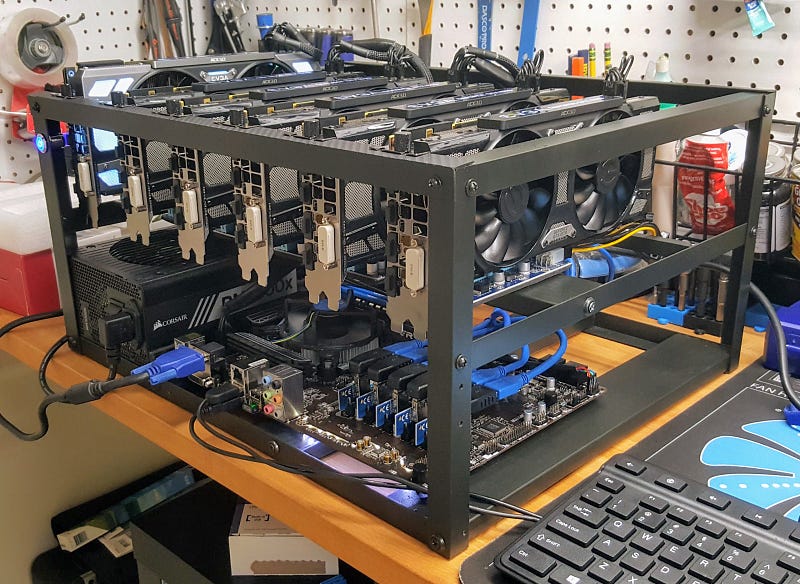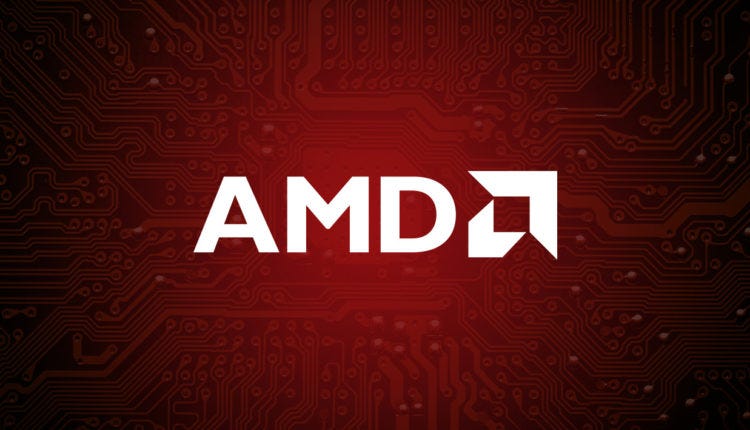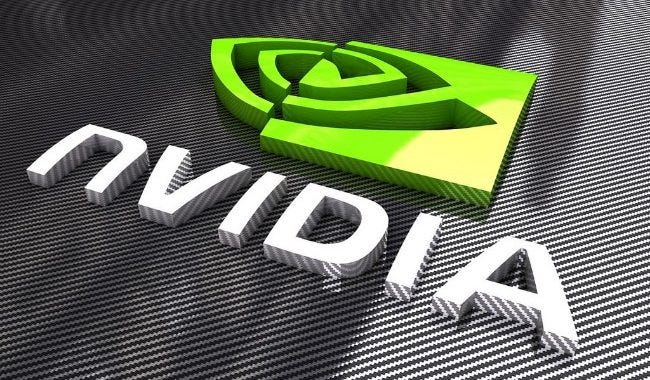
Crypto assets can be generated or mined using computers or servers that have the ability to solve complex mathematical problems. The computational efficiency of these computers in a large way, determines the rate and amount of digital coins created. Higher the number of problems that get solved, higher is the difficulty of the problems coming next. This prompts the miners to invest in competitive software and infrastructure to run that technology. As the prices of the crypto assets are increasing, demand for the supporting technology is also surging. Investment in the technology is not a huge concern for the miners as it can be easily recovered from the returns on mining activities.

It is a given that with the growing demand for cryptoassets, miners need to upgrade their mining capabilities. They need a powerful rig and faster computational power. The mining rig comprises of a graphics card, a fan, a processor, sources of electrical power, memory and cabling. Most miners either buy complete rigs or build them themselves using these components.
AMD Inc. increases graphics cards production

Joseph Moore from Morgan Stanley has reportedly said,
“Cryptoasset mining seems likely to be driving more revenue than the company realizes, and the shortage of graphics that it has created is helping the overall business.”
AMD or Advanced Micro Devices Inc., known for manufacturing graphics cards is often used for mining ethereum and other coins, plans to increase the production of their graphics cards. Currently running short of supply, the recently launched RX Vega GPUs along with the company’s Radeon cards are popular among the cryptoasset enthusiasts and miner community.
The Graphics Division of AMD has been highly profitable and saw a $958 million dollar revenue from the last quarter of 2017. The company builds these processors particularly for the mining rigs. They also believe that their product is efficient enough to compete with their biggest competitor Intel Corp. GDDR5 and HBM2 are the two main types of memory used in AMD’s RX 400, 500 chips that have also been reported to be short of supply.
Nvidia benefits from the crypto-rush

Nvidia, the American technology company based in Santa Clara has joined the league of companies that are benefiting from the surge in cryptoasset demand. As of January 28, 2018, the three-month period of the fourth quarter of Nvidia’s 2018 fiscal year, Nvidia reported a record revenue of $2.91 billion. That was inclusive of the $2.46 billion figure earned from Nvidia’s GPU business. Nvidia attributes the strong growth of the firm’s GeForce gaming GPUs to cryptoasset mining besides new games, holiday-season demand and e-sports.
Along with these latest players in the market, Intel has been a market leader for about couple of years. The competition in the space is here to stay as long as the demand for crypto assets and blockchain technology continues to rise. While there are many companies fighting in the hardware space with their GPUs, there are several others playing in the semiconductor industry for computational chips and ASICs.
ASICs industry benefits from the cryptoasset boom
Micron Technology Inc. is one of the largest and most profitable U.S. makers of memory chips which also build the bulk of the computational power of the mining rig.
In January 2018, Samsung announced that it has stepped into the ASIC chips manufacturing business. These chips will be majorly employed to mine Bitcoin and Ethereum, among other crypto assets. The Korean company has collaborated with an unnamed Chinese distribution partner and together are engaged in the manufacturing of cryptoasset mining chips. As more tech giants enter the space the quality of the technology is expected to surge and so is the competition.
There is scope of improvement in the all departments of cryptoasset mining and transactions. Companies playing in that space will definitely benefit from the growing demand of crypto-coins. With the development of technology, there is scope of diversifying ventures in the cryptoasset world. There are multiple businesses that will benefit from the state-of-the-art technical infrastructure and software developments in this area.



